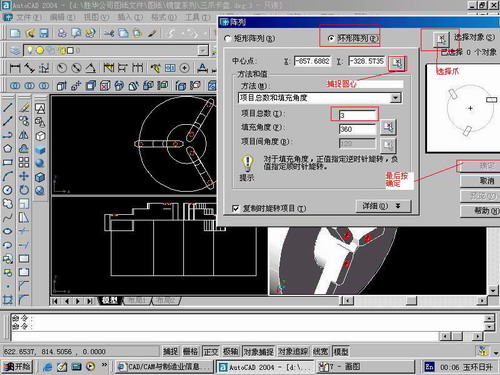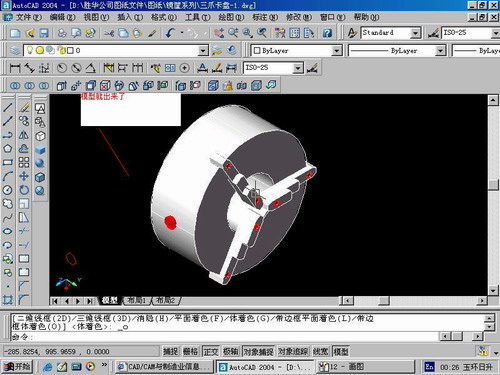1) surface model tomography inversion


表层模型层析反演
2) tomographic inversion


层析反演
1.
Pseudo 3-D tomographic inversion static corrections and application;


伪三维层析反演静校正技术及其应用
2.
Static of tomographic inversion by first breaks in complex areas;


复杂山区初至波层析反演静校正
3.
Application of refraction tomographic inversion static correction in Kashan Block of Iran;
折射层析反演静校正在伊朗卡山地区的应用
3) tomography inversion


层析反演
1.
Combined datum correction of tomography inversion with wavefield continuation under complex near surface condition.;
复杂近地表层析反演与波场延拓联合基准面校正
2.
A method of creating quickly an initial model in tomography inversion


一种快速建立层析反演初始模型的方法
3.
In this paper, we propose an approach to datum correction that combines a joint tomography inversion with wavefield continuation to solve the static problem for seismic data on rugged acquisition topography.
本文提出了一种近地表层析反演与波场延拓联合基准面校正的方法,解决复杂近地表条件下采集地震资料的静校正问题。
4) surface model


表层模型
1.
Tomographic inversion of first break in surface model;


初至波表层模型层析反演
2.
By analyzing the effect of applying new techniques and methods to Tuha Basin, tomographic inversion and static correction of the first break in surface model are found to be more effective to solve the problem during processing real seismic data.
在研究各种新技术、新方法在吐哈盆地的实际应用效果时发现,基于初至波表层模型的层析反演静校正方法在实际地震资料处理中能较好地解决这一问题。
3.
The paper analyzed the influence of surface model,near-surface model and interval velocity model on static corrections and imaging,studied mutual relation among static corrections and imaging as well as interval velocity model in the procedure of data processing,presented the realized methods of prestack depth .
本文分析了表层模型、近地表模型和层速度模型对静校正和成像问题的影响 ,研究了静校正和地震成像以及速度模型在资料处理过程中的相互关系 ,提出了在速度模型里包含地表高程和近地表模型的叠前深度偏移实现方法 ,合理地解决了地表高程、地表风化层、近地表地层对静校正和地震成像的综合影响 ,取得了良好的应用效果。
6) 3-D tomographic inversion


三维层析反演
1.
Using 3-D seismic direct wave,bow tie, refracted wave and first break composed of above the three modes and 3-D tomographic inversion having advantage of 3-D spatially-varying velocity, the method can achieve tomographic inversion in 3-D complex near-surface modei which the velocity can change arbitrarily; the demand o.
该方法利用了三维地震直达波、回折波、折射波及三者组合的初至波和具有三维空间变速优势的三维层析反演,实现了适应速度任意变化的复杂三维表层模型层析反演,此法对初至的要求是,只需检测首先到达的波的起跳时间,无须解释此波的类型;三维模型正演采用以费马原理为基础的三维网络法射线正演方法;三维层析反演采用带阻尼的最小平方QR分解迭代算法。
补充资料:AutoCad 教你绘制三爪卡盘模型,借用四视图来建模型
小弟写教程纯粹表达的是建模思路,供初学者参考.任何物体的建摸都需要思路,只有思路多,模型也就水到渠成.ok废话就不说了.建议使用1024X768分辨率
开始
先看下最终效果

第一步,如图所示将窗口分为四个视图

第二步,依次选择每个窗口,在分别输入各自己的视图

第三步,建立ucs重新建立世界坐标体系,捕捉三点来确定各自的ucs如图

第四步,初步大致建立基本模型.可以在主视图建立两个不同的圆,在用ext拉升,在用差集运算.如图:

第五步:关键一步,在此的我思路是.先画出卡爪的基本投影,在把他进行面域,在进行拉升高度分别是10,20,30曾t形状.如图:

第六步:画出螺栓的初步形状.如图

第七步:利用ext拉升圆,在拉升内六边形.注意拉升六边行时方向与拉升圆的方向是相反的.
之后在利用差集运算


第八步:将所得内螺栓模型分别复制到卡爪上,在利用三个视图调到与卡爪的中心对称.效果如图红色的是螺栓,最后是差集

第九步:阵列

第10步.模型就完成了

来一张利用矢量处理的图片

说明:补充资料仅用于学习参考,请勿用于其它任何用途。
参考词条